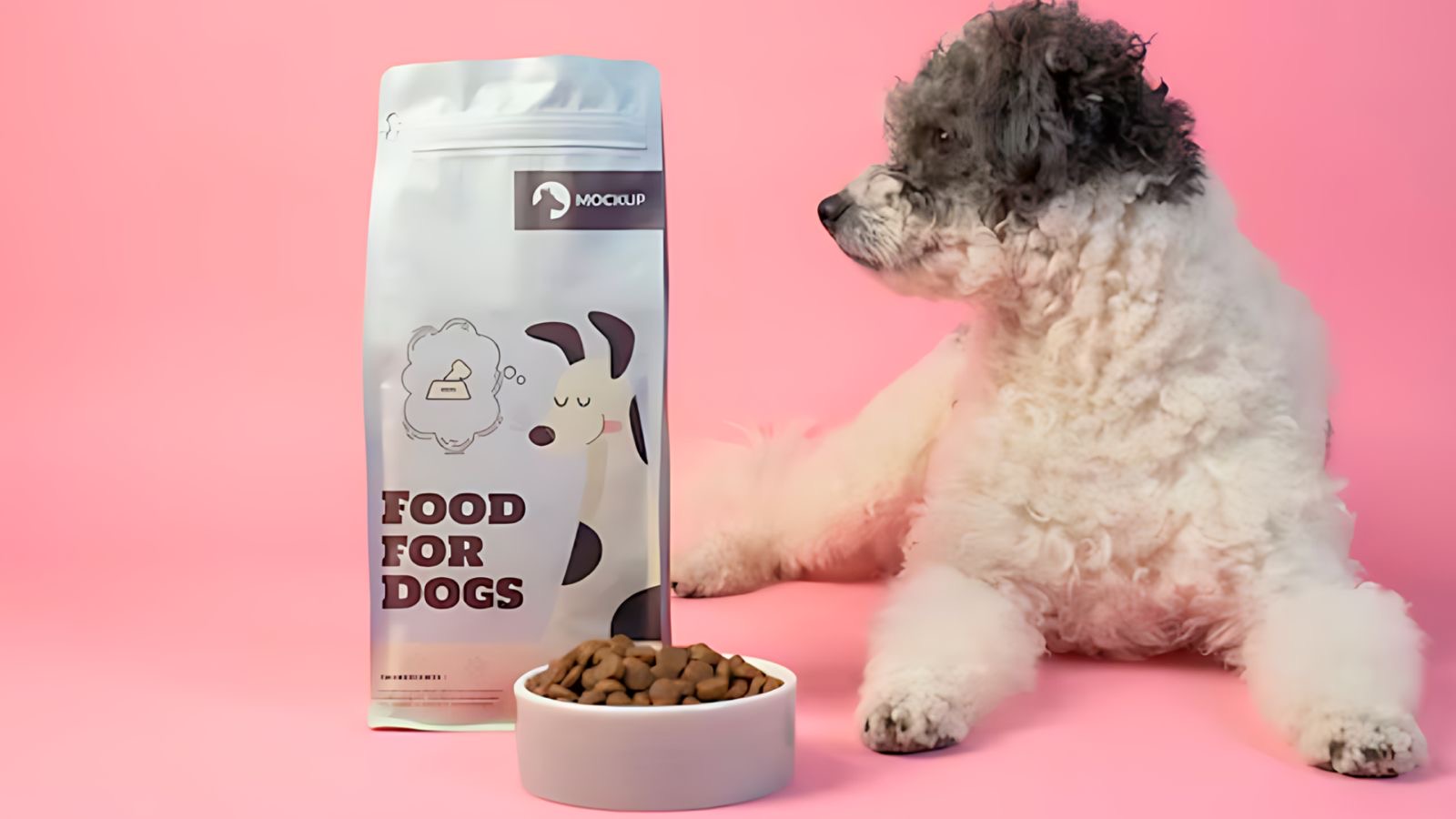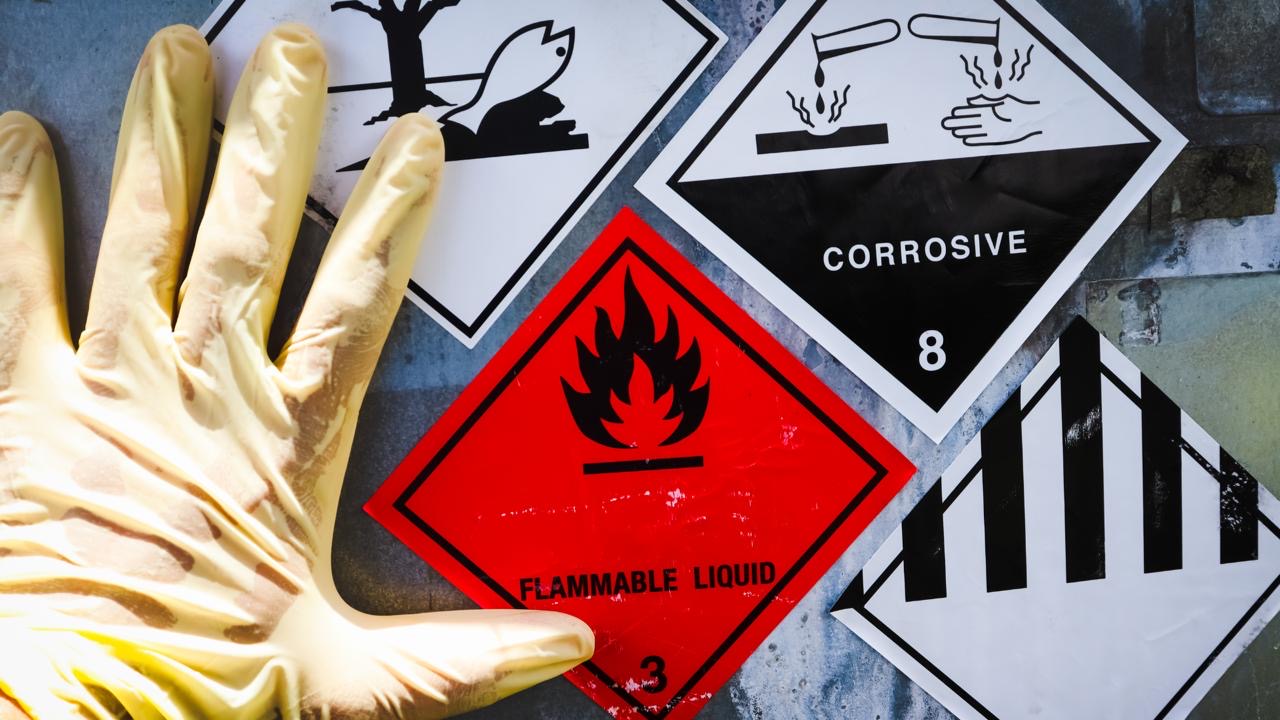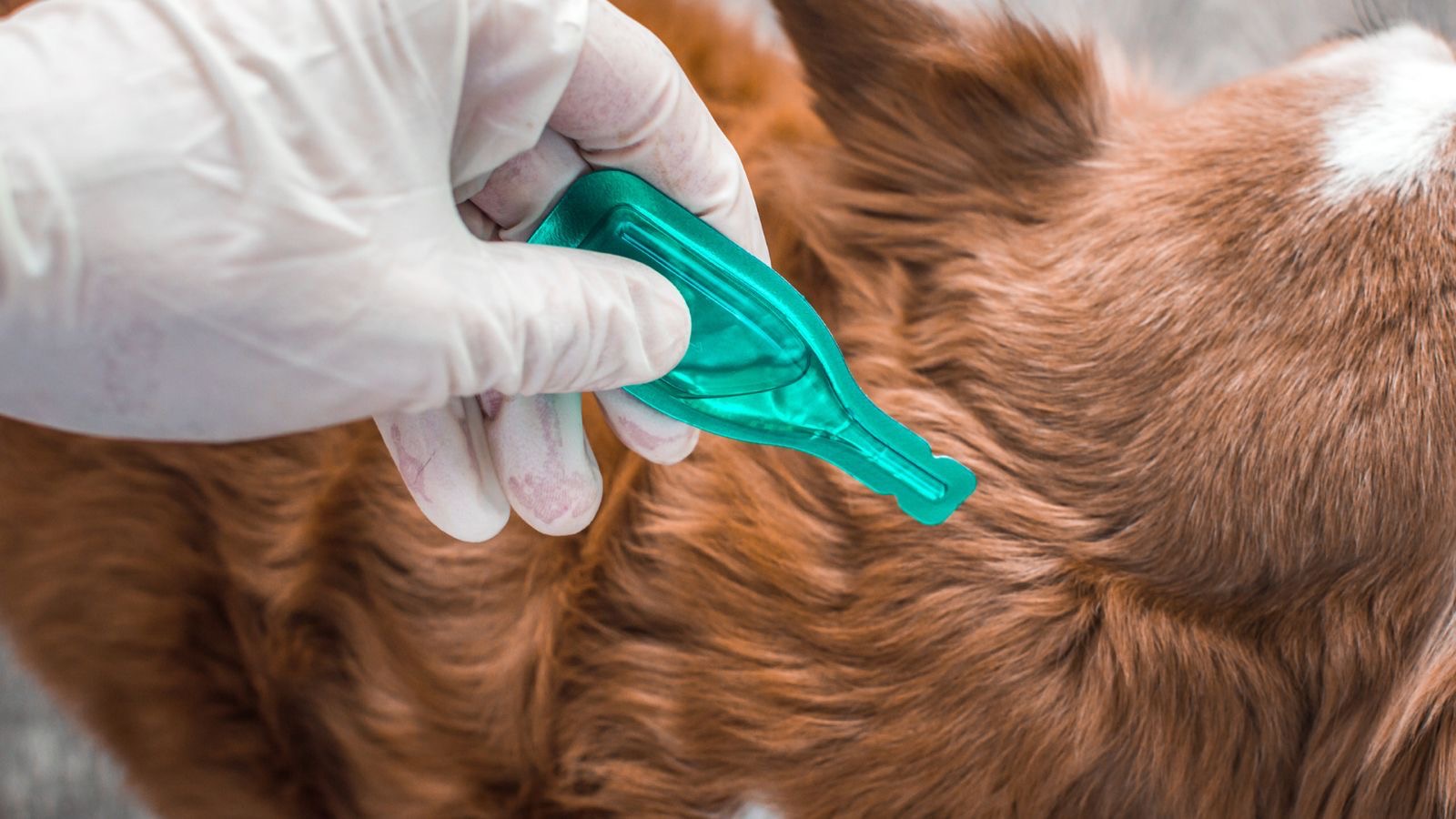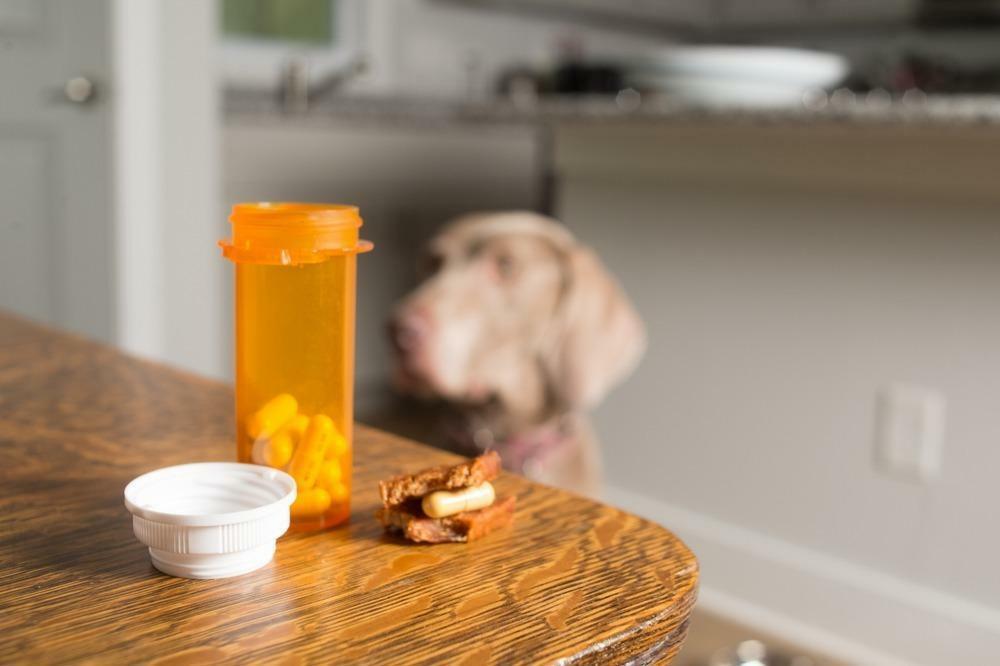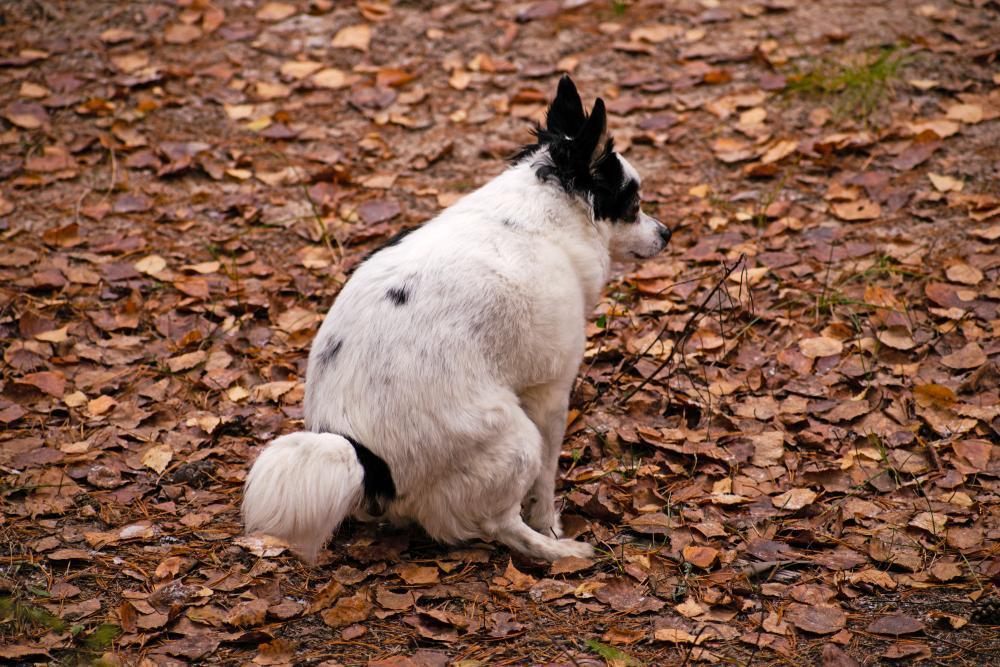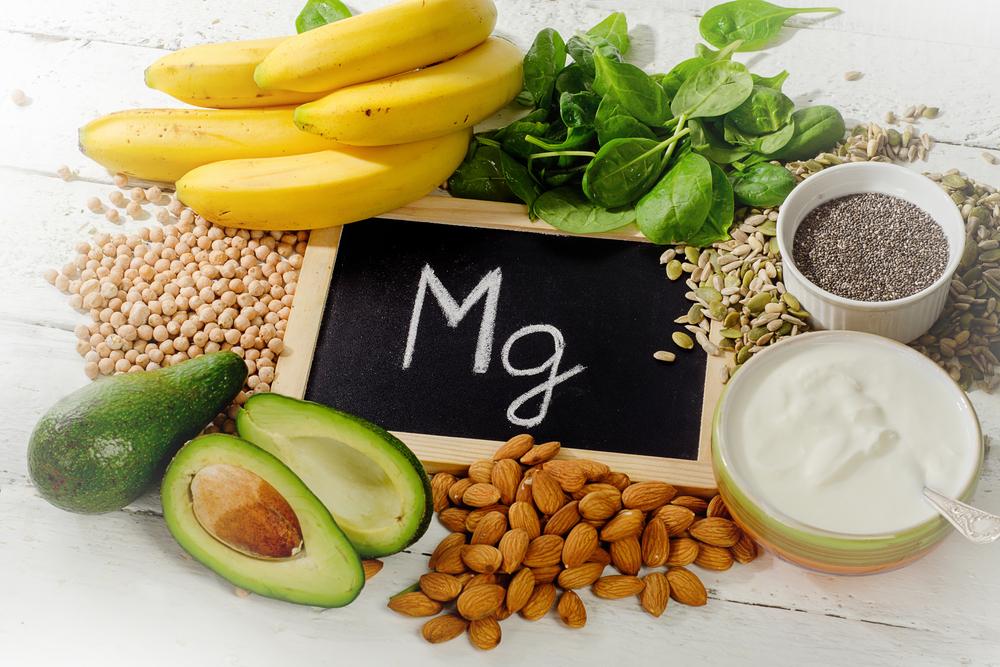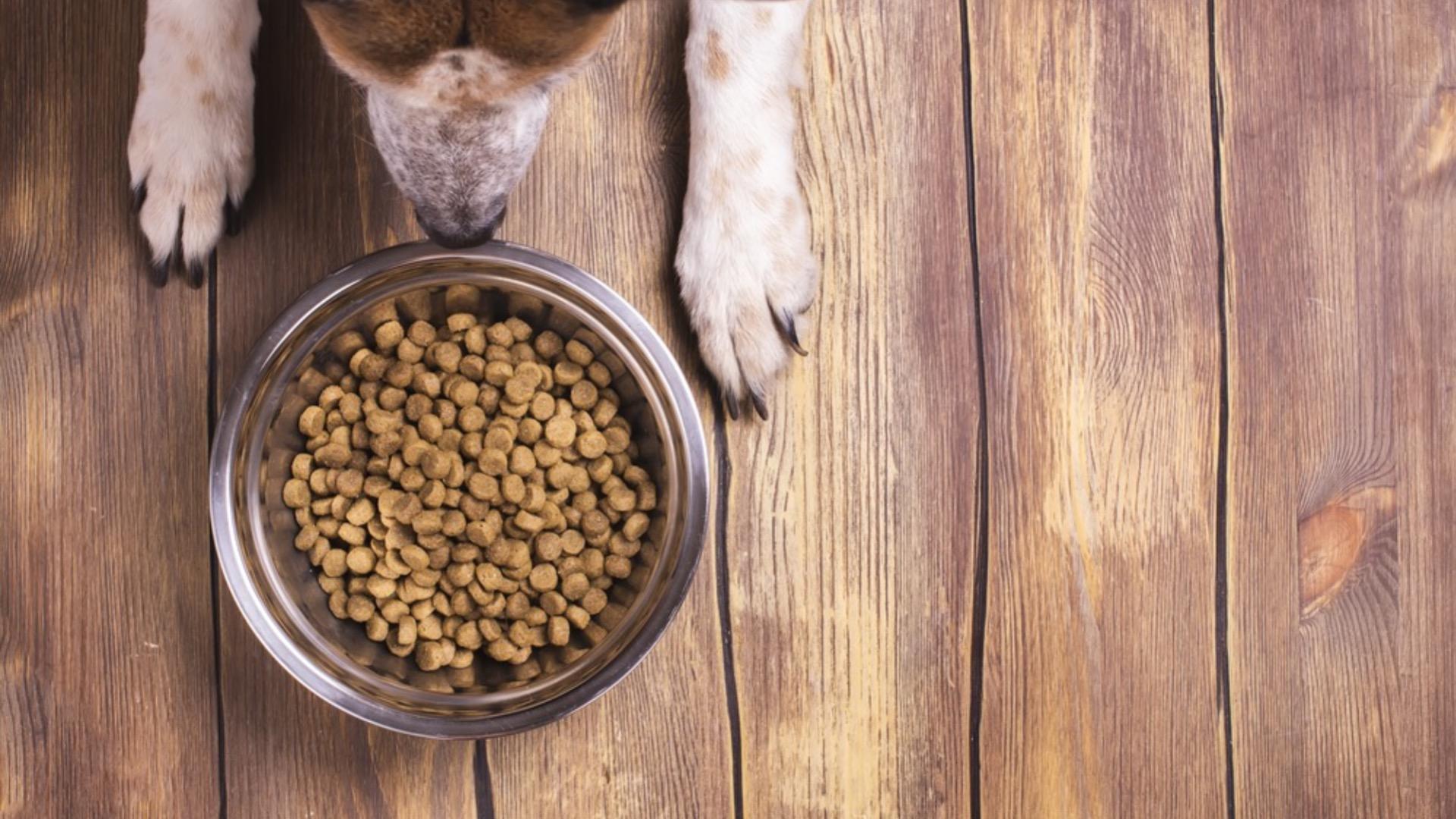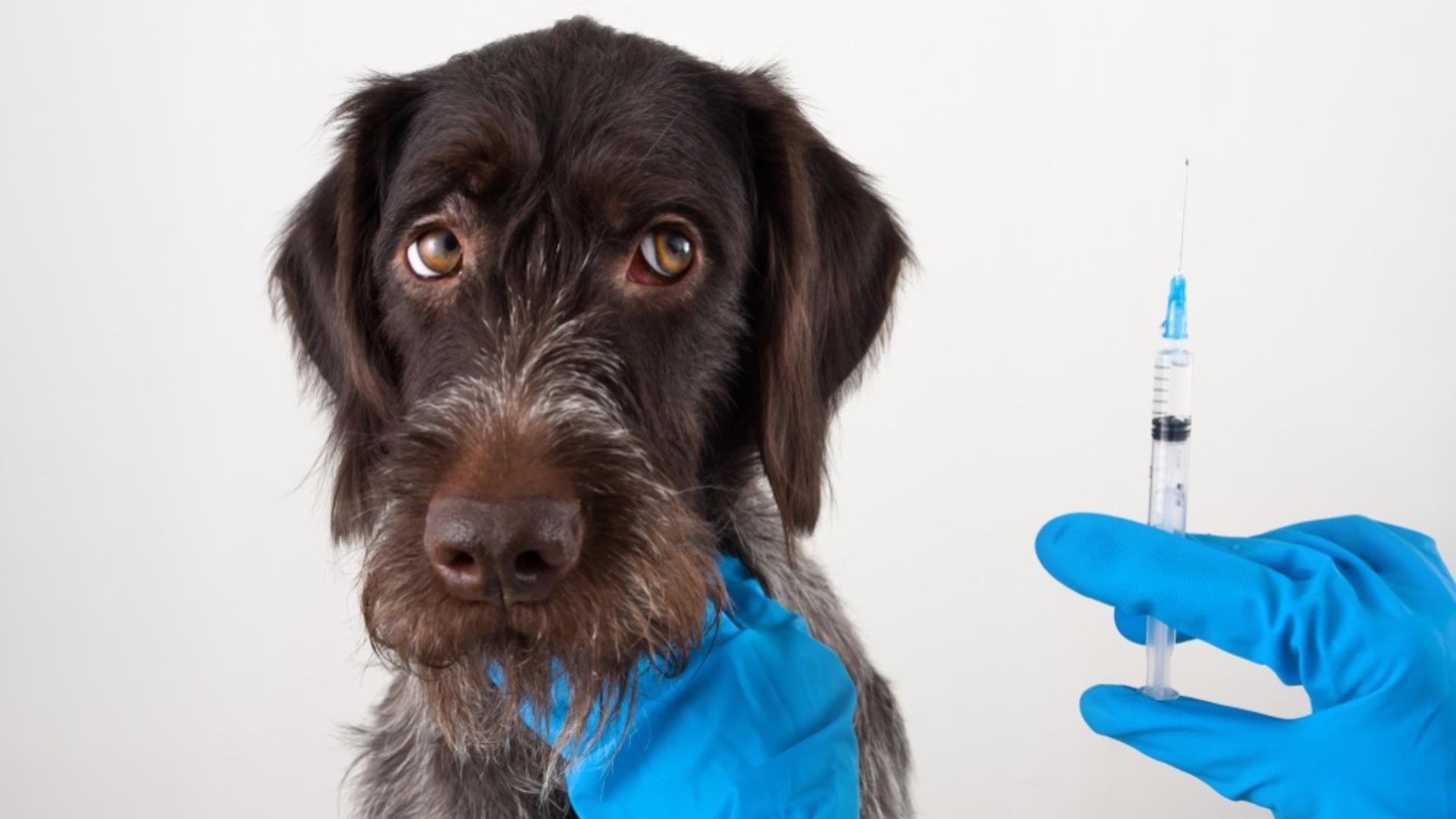Whilst we don’t like to bash pet foods and understand that people are often looking for convenience and economical options, we always feel it’s important to highlight why dry food is not a good option for your pet. Fresher food always prevails in my clinic and there are thousands of people who will testify to the wonderful effects of a fresh food diet. There’s a myth that feeding fresher foods is a lot more expensive. Like anything, there is something to suit all budgets and well we believe, if you have invested your time and love into a furry member of the family, then it’s worth considering the best options to support their health.
Before we begin to look at dry foods, its important to understand a little more about our dogs and where they have come from to understand their needs.
We have domesticated dogs for around 30,000 years. Dogs are facultative carnivores which means their main diet should be a meat based diet but they can survive on other foods if required. Cat’s are obligate carnivores, meaning they are solely carnivorous and wouldn’t survive without a meat based diet.
Dogs are a species of canid but domesticated dogs are the closest related ancestors to the grey wolf. We have changed the shape and size of domestic dogs but there has been very little evolutionary change to the digestive system. A domestic dog’s digestive system is designed to eat fresh raw meat and bones (this is where their high and relative need for calcium and phosphorus come from).
The first dry food was only produced in 1957 by Purina and since the 1970s, the average age of a dog has gone from 17yrs to 11yrs. Nutrition is not solely responsible for this drop but feeding ultra processed foods, plays a huge huge part in your dog’s longevity and quality of life.
Dry food Is made by the extrusion process, extruded food goes through four extremely high heat processes, so you can imagine what that does to the nutrients. You are left with something that is dead “food” void of nutrients, antioxidants, enzymes, fatty acids and probiotics. The food is then sprayed with a layer of fat and flavour enhancers to make it palatable to dogs, then sprayed with a pre mix of synthetic vitamins and minerals.
As if all this is not bad enough, food that contains protein and carbohydrates when heated to high temperatures, causes glycemic end products to be formed. AGE’s have been linked to free radical damage, cancer and premature ageing.
The other big issue with pet food is the amount of glyphosates, a chemical herbicide (weed killer) used on crops such as wheat, corn, soy and potatoes, commonly used on ingredients found in pet foods. When certain brands were tested for glyphosates, the amounts were considerably higher than expected. Glyphosates are deemed carcinogenic and linked to cancer and many other diseases. We know one in two dogs will get cancer in his/her life time.
Research here
Another concern with dry food, is most contain a huge amount of carbohydrates. As we know, our dogs are facultative carnivores and our cats, obligate carnivores, which means they need a meat based diet to thrive. Both cats and dogs have no to little nutritional requirements for dietary carbohydrates. They can obtain everything they require from a diet that contains only protein and fat. Energy metabolism in both cat and dog can be based on fat oxidation and the breakdown of protein to produce glucose. Carbohydrates=sugar and can cause a host of problems including systemic inflammation. If your cat or dog has IBS, IBD, arthritis, allergies, bad breath, constant ear infections, urinary issues, obesity, yeast infections, kidney disease, liver disease, thyroid issues, cancer and more, then the first thing to do is look to the food you are feeding, and go from there.
Structurally, carbohydrates (starches mostly) are essential to dry pet food manufacturing as commercial extruded pet foods use these starches to give the food structure and texture. Even some canned dog foods contain a carbohydrate source to create a gelling agent. Frequently used carbohydrate sources used in dry food/pet food include grains such as rice, maize, corn, potatoes, legumes, and fillers such as milled beet.
The carbohydrate content is not given in dry food but you can work it rather easily. Some popular fed dry foods have shocking results! In most cases there’s more carbohydrates in the food than protein! Most of these dry foods are almost half a bag of carbohydrates.
If you want to work out the amount of carbohydrates in your dogs food add the percent of:
Protein
Fat
Ash
Fibre
Moisture (if not stated 8%)
together then subtract the amount from 100, this will leave you the percent of carbohydrates in the food.
Here are some of the most common dry food brands:
JAMES WELLBELOVED
protein 20%
Carbohydrates 48%
JAMES WELLBELOVED GRAIN FREE
protein 21%
Carbohydrates 46.8%
MILLIES WOLFHEART LAMB AND VEG
Protein 19%
Carbohydrates 45.5%
EDEN
protein 45%
Carbohydrates 18.5%
WAINWRIGHT GRAIN FREE
protein 25%
Carbohydrates 40%
AVA MEDIUM ADULT
protein 26%
Carbohydrates 46.6%
HARRINTONS GRAIN FREE
protein 25%
Carbohydrates 44.5%
BURNS
protein 18.5%
Carbohydrates 57.8%
ROYAL CANIN
protein 25%
Carbohydrates 45%
CANAGAN
protein 33%
carbohydrates 32.5%
TAILS
protein 22.3%
Carbohydrates 46.9%
AKELA
Protein 39%
Carbohydrates 20.5%
ORIJEN
protein 38%
Carbohydrates 23%
HILLS IDEAL BALANCE
protein 23.5
Carbohydrates 44.1%
AATU
protein 32%
Carbohydrates 43%
BARKING HEADS
protein 26%
EDGAR AND COOPER
Protein 25%
carbohydrates 41%
STEP UP TO NATURALS
protein 22%
Carbohydrates 47.2%
BAKERS
protein 21%
Carbohydrates 50%
WAGG
Protein 21%
Carbohydrates 49.8
PEDIGREE
protein 21%
Carbohydrates 42.9
The Ideal Omega-6 to Omega-3 ratio for pet food is 4:1. This can go up to 6:1 quite comfortably but reaching a higher ratio than this can cause a huge amount of systemic inflammation.
The average dry food offers 20:1 and can go as high as 50:1. This is another blog to venture.
A required percentage of moisture in your pet’s food should be around 60-70%. On average the moisture content of dry food is 8%.
Whilst we are a huge fan of raw feeding and its transformative effects on health, our philosophy is based around feeding fresh, unadulterated foods to best mimic an evolutionary diet. A diet that best suits an individual animal is optimal to health and of course this can vary.
Thank you for reading and we hope this inspires you to feed a fresher diet to your cat or dog.
To check out what we offer at MPN, go to more blogs and our consultation services.
Consultations
MPN Team x

